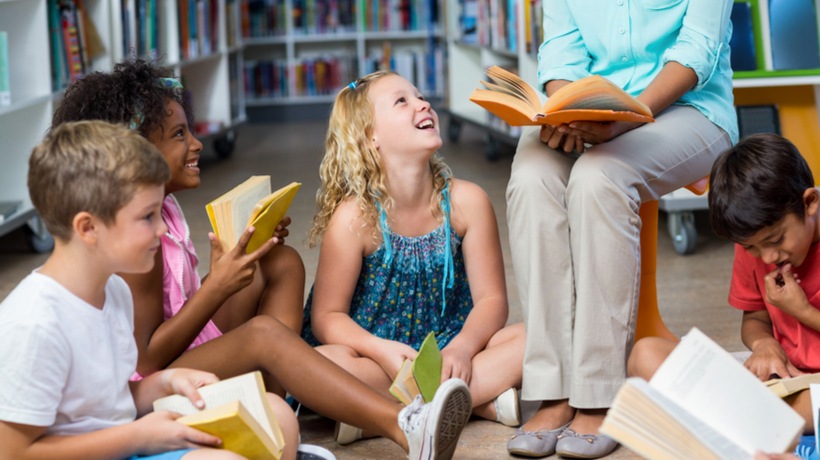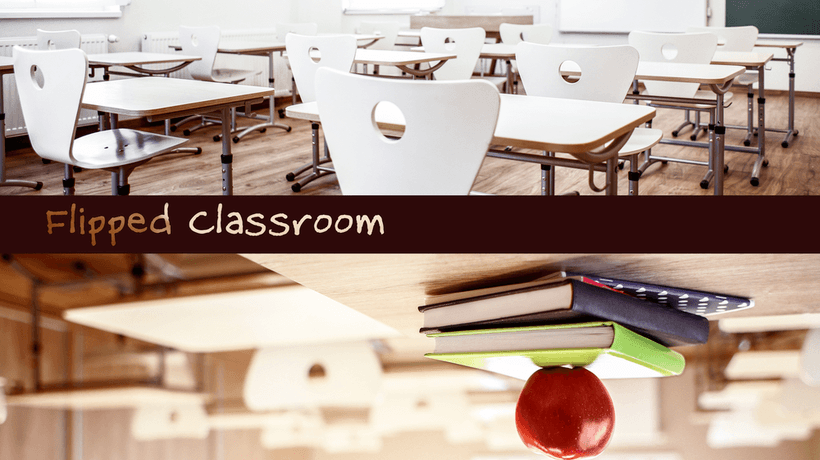How To Provide A Preschool Child-Centered Learning Environment:9 Tips
It's nine o'clock in the morning, and children have gathered around the teacher for morning circle. She begins to read them a book. A couple of children decide to compare their new shoes while other children share details about their morning breakfast. One child begins to tap her fingers on the floor. A little boy stands up and declares " I can't see the book, teacher!".
This is a typical scene every teacher experiences, but how the scene plays out depends upon the teacher's reaction. He could use various methods to gain control, such as redirection. A creative teacher knows children learn in different ways and will adapt to draw interest from the group.
Basically, the child-centered learning approach utilizes 6 areas to affect learning:
- Environment.
- Emotions.
- Social.
- Cognitive.
- Writing.
- Physical.
- Psychological.
For the purpose of this article, let's look at the sociological affect on learning styles. According to Susan Miller, ED.D, some children work best alone while other children like to work with another child. Still others enjoy learning with their peers in a small group and being part of a team. Furthermore, some children like to work closely with an adult for guidance. While learning, some children prefer working on a variety of tasks, while others prefer routines, and patterns.
If we go back to the child tapping her fingers on the floor during morning circle, we could conclude the she learns best through sound (kinesthetic) and mobility (tactile) methods. Although she is amusing herself, she is not aware that her tapping the floor bothers other children (and probably the teacher). She is in her own world, and we would assume she is a self-motivator and probably works well alone.
The teacher can draw upon the children's strengths to plan curriculum and transform existing lessons into multi-modal learning opportunities for all the children in class. In this way, children feel comfortable using their unique strengths and preferences to learn. You want children to be successful and feel good about themselves in a positive way.
9 Behaviors Preschool Teachers Should Adopt
Effective preschool teachers and child care providers should:
- Know when children can figure out new ideas and concepts on their own, and when it is important to explain things to them step-by-step.
- Encourage children to participate in classroom activities and honor the classroom rules.
Listen to what the children say and expand upon their language, building their vocabulary and background knowledge. - Know when to teach directly, when to provide time for exploration and discovery, when to practice skills, and when to encourage creativity.
- Plan activities that have a purpose and that challenge children.
- Know how to help children learn to work together and to resolve their conflicts.
- Encourage children to respect each other's time and personal belongings.
- Provide many opportunities for conversations between and among children, and with adults.
- Know how to establish and maintain order in a classroom but in a manner that permits the children to learn how to participate in, and enjoy learning.
- Arrange the classroom in a way that enhances their work with children, and how the children spend their time.
What's The Best Way To Teach Kids?
Generally speaking, the debate over learning styles and curriculum involves 2 types of teaching: child-initiated learning and direct instruction. Direct instruction (also called teacher-directed learning) tends to be formal and academically oriented. For example, children learn the alphabet by repeating the sounds of each letter after the teacher each morning. Child-initiated/directed (also called developmentally appropriate learning) allows for play-based activities that encompass academic and standard preschool content.
Long-term studies comparing the 2 approaches find children in play-based activities outperformed those in academic skills during the initial primary years. Through play children will learn the following skills:
- How to get along with other children.
- How to control impulses.
- Ask adults for help.
- Use their "words" instead of their hands, or crying, to express themselves.
A good learning environment allows children to experience play-oriented learning with guidance from the teacher. Academics do not have to taught by rote learning, stamping out letters with real apple cut-outs stimulates cognitive critical thinking while motivating sensory, and social experience. In other words, a fun learning activity. The teacher will ensure each child's learning style will be challenged and met with different creative methods of activity in the class. It will make for a successful learning experience.









